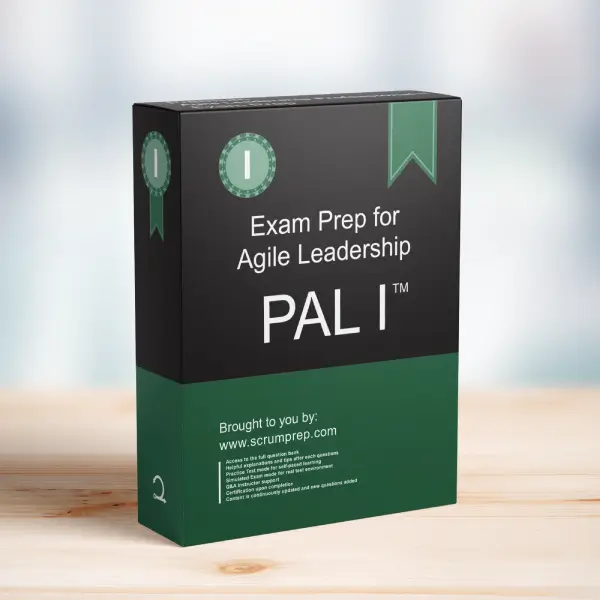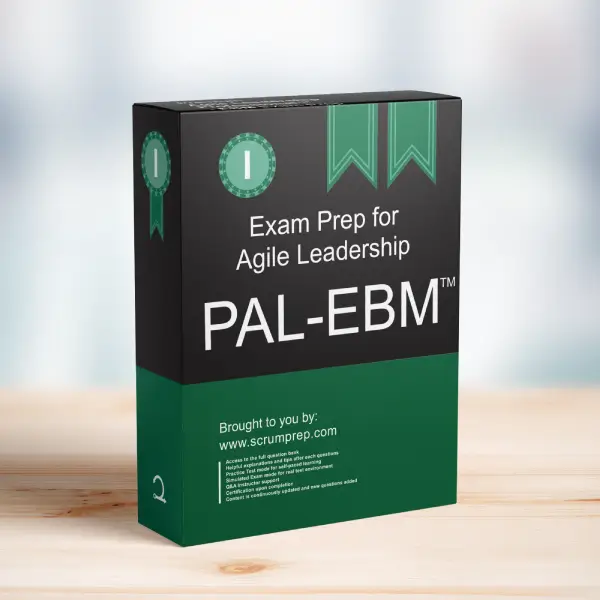Evaluating Team Performance in Agile Organizations
As a manager overseeing multiple Agile teams, it’s important to assess performance effectively. This article explores the best approach to evaluating which team is performing the best.
Exam Question
You manage a product development organization and have several agile teams working on one product. How can you find out which team is performing the best?
(choose the best answer)
A. Comparing team performance often leads to unhealthy behaviors. Instead, focus on identifying and eliminating impediments that hinder team performance.
B. You need to normalize the estimates across the Scrum Teams and based on that create a balanced scorecard.
C. You need to look at several trends of different measures such as velocity, defects, and technical debt to get a picture of how the team is performing.
D. The one with the highest velocity is performing the best.
Correct Answer
A. Comparing team performance often leads to unhealthy behaviors. Instead, focus on identifying and eliminating impediments that hinder team performance.
Explanation
Correct Answer
A. Comparing team performance often leads to unhealthy behaviors. Instead, focus on identifying and eliminating impediments that hinder team performance:
Comparing teams against each other can foster unhealthy competition, lead to gaming the metrics, and reduce collaboration. A better approach is to focus on creating an environment where each team can perform at its best by identifying and removing impediments. This fosters a culture of continuous improvement and collaboration, which is in line with Agile principles. The goal is to help all teams improve rather than singling out the “best” team.
Incorrect Answers
B. You need to normalize the estimates across the Scrum Teams and based on that create a balanced scorecard:
Normalizing estimates across different teams can be problematic due to variations in team composition, experience, and context. This approach can lead to inaccurate comparisons and does not necessarily reflect true performance or improvement areas.
C. You need to look at several trends of different measures such as velocity, defects, and technical debt to get a picture of how the team is performing:
While looking at various trends can provide insights into team performance, it can still lead to comparisons that may foster unhealthy behaviors. The focus should be on helping each team improve its own processes and practices.
D. The one with the highest velocity is performing the best:
Velocity alone is not a comprehensive measure of team performance. It does not account for factors such as quality, technical debt, or customer satisfaction. High velocity can sometimes indicate cutting corners rather than genuine productivity improvements.
Agile Leadership Insights
- Focus on Improvement: Agile leaders should prioritize continuous improvement and helping teams overcome impediments rather than comparing them against each other.
- Collaboration Over Competition: Encourage a culture of collaboration where teams share best practices and learn from each other.
- Holistic Measures: Use a holistic approach to measure team performance, considering factors like quality, customer satisfaction, and team morale, rather than relying solely on metrics like velocity.
Relevance to the PAL I Exam
Understanding the negative impacts of comparing team performance and focusing on continuous improvement is crucial for the PAL I exam. It demonstrates knowledge of Agile principles and effective team management practices.
Key Takeaways
- Avoid comparing teams against each other to prevent unhealthy competition and gaming of metrics.
- Focus on identifying and removing impediments to improve overall team performance.
- Encourage collaboration and continuous improvement across all teams.
Conclusion
To evaluate team performance in an Agile organization, focus on identifying and eliminating impediments rather than comparing teams against each other. This approach fosters a culture of continuous improvement and collaboration. For more information on preparing for the PAL I exam, visit our Professional Agile Leadership PAL I™ Exam Prep.





